Tornado
tornado is a powerful and destructive weather phenomenon characterized by a rapidly rotating column of air that is in contact with both the surface of the Earth and a cumulonimbus cloud above. Here are some key characteristics and descriptions of tornadoes:
1. Formation and appearance: Tornadoes generally form from severe thunderstorms, particularly when there are strong wind shears and atmospheric conditions are conducive to their development. The rotation of the storm, combined with updrafts and downdrafts, can lead to the creation of a tornado. Tornadoes often appear as a visible, narrow, funnel-shaped cloud extending from the base of a thunderstorm to the ground. The condensation of moisture in the rapidly rotating air creates a cloud of debris and dust, making the tornado visible.
2. Size and strength: Tornadoes can vary in size and strength, ranging from small and weak to large and extremely powerful. The width of a tornado can range from just a few feet to over a mile, while their path of destruction can extend for several miles. The intensity of a tornado is typically measured using the Enhanced Fujita (EF) scale, which assesses wind speed and resulting damage.
3. Winds and rotation: Tornadoes are characterized by their violent wind speeds and rotation. The wind speeds within a tornado can reach extremely high velocities, often exceeding 100 miles per hour (160 kilometers per hour) and occasionally reaching over 300 miles per hour (480 kilometers per hour). The rotation of the tornado causes a swirling motion around a central axis, with the fastest winds typically occurring near the funnel cloud itself.
4. Duration and movement: Tornadoes are relatively short-lived in duration, typically lasting only a few minutes to an hour. However, some tornadoes may persist for longer periods under specific circumstances. Tornadoes usually move in a northeast direction in the Northern Hemisphere and a southeast direction in the Southern Hemisphere. However, they can also change direction or become stationary.
5. Destructive impact: Tornadoes are incredibly destructive natural phenomena. They have the potential to cause significant damage to structures, uproot trees, and toss vehicles or other heavy objects through the air. The intense winds can also generate flying debris, leading to injuries or fatalities. Tornadoes can leave a trail of destruction in their wake, affecting both rural and urban areas.
6. Tornado warning systems: Meteorological organizations and services use various tools and technologies to detect and warn against the threat of tornadoes. Radars can detect signatures associated with rotating storms, and weather spotters or storm chasers often provide visual confirmation. Tornado warnings are then issued to alert people in the affected areas to take immediate precautions and seek shelter.
Tornadoes can be extremely dangerous, and it is crucial to heed tornado warnings and have a plan in place to protect yourself and your loved ones. If you are in an area prone to tornadoes, following safety guidelines and staying informed about weather conditions can help mitigate risks associated with these powerful storms.
-
 0:57
0:57
Mastrangermaa
9 months agoTornado
5 -
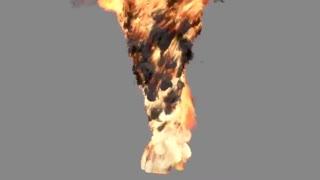 0:10
0:10
topgear83
2 years ago $0.05 earnedtornado
1281 -
 0:07
0:07
slavatsarev
1 year agoTornado
10 -
 9:59:59
9:59:59
mrsa5
1 year agoTornado
1 -
 6:59
6:59
GRIFFInvestigates
11 months agoAre we in a Tornado !!
1 -
 0:14
0:14
Notverifiedpatel
10 months agoAfter Tornado
16 -
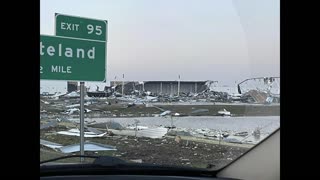 1:00
1:00
LEFTHANDRON
1 year agoTornado )3/31/2023
5 -
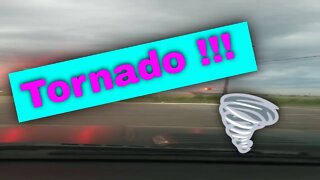 0:21
0:21
JasonsGarageInc
3 years agotornado !!
2 -
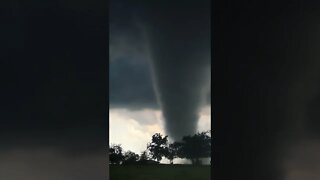 0:14
0:14
slavatsarev
1 year agoTornado
5 -
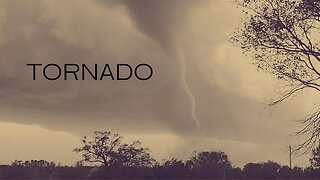 0:25
0:25
hookechoproductions
1 year agoTORNADO!!!!!!
3